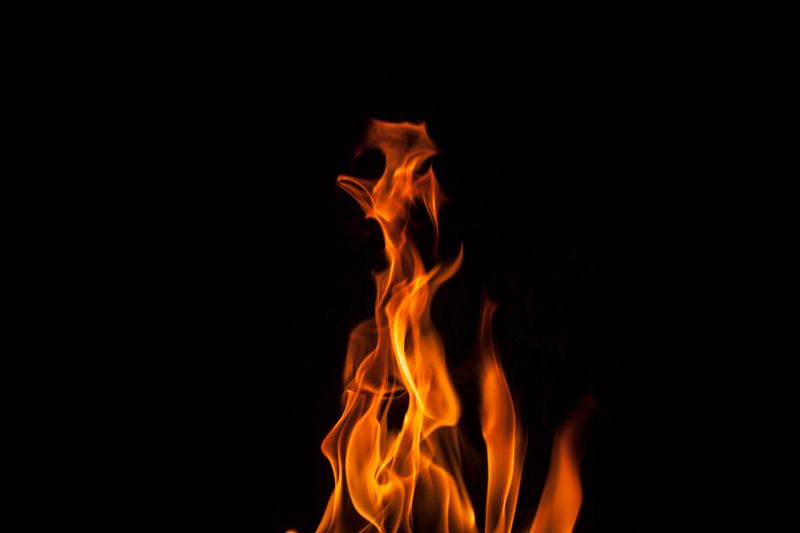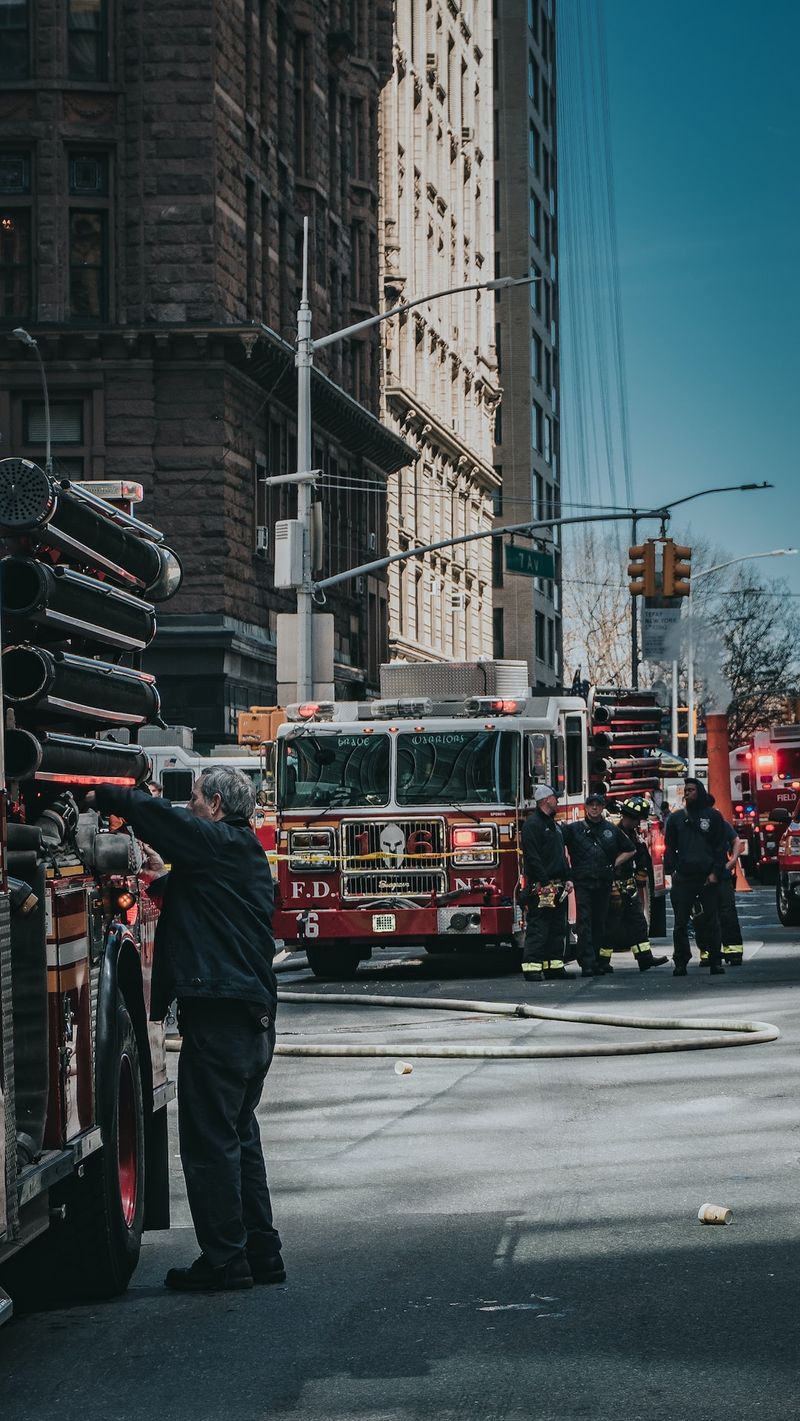Wildfires in Canada Cause Drop in Air Quality Levels in Parts of the U.S.
Introduction
Millions of people in the eastern United States are experiencing unhealthy air quality conditions due to smoke from raging wildfires in eastern Canada. Several regions in New York state have already been placed under an air quality advisory, with measures in some parts of New York City considered unhealthy for anyone. The wildfire air pollution has also spread to other states as far as the Carolinas, creating hazy skies across the country.
Wildfires in Canada
Canada is experiencing one of the worst starts to its wildfire season ever recorded, with over 6.7 million acres already burned in 2023. Quebec province has been hit the hardest, with over 150 fires still blazing in the area and around 14,000 people forced to evacuate. Further east, in Nova Scotia, a large wildfire covering nearly 100 square miles is still burning out of control.
Impact on Air Quality
The spike in air pollution in parts of the U.S. is due to the smoke from these wildfires. Small particles in wildfire smoke measuring less than 2.5 micrometers in diameter are particularly concerning for air quality researchers. These particles are small enough to penetrate the lungs and enter the bloodstream, causing inflammation and weakening the immune system. This pollution has become a significant health risk, especially for vulnerable groups such as children, older adults, and people with asthma and other respiratory conditions.
Long-term Risks of Wildfires and Climate Change
Wildfires are not only causing immediate health risks, but they also indicate long-term risks associated with climate change. As climate change creates warmer and drier conditions, the occurrence and severity of wildfires are expected to increase, creating a vicious cycle of more air pollution and further climate change.
Advice and Conclusion
To reduce the impact of wildfire smoke, individuals can remain indoors, use air purifiers, and keep windows closed. It is essential to take extra caution for vulnerable groups such as children, pregnant women, and older adults. For the long-term, reducing carbon emissions and investing in renewable energy are critical to mitigate climate change effects, including more frequent wildfires. Finally, policymakers and community leaders should prioritize preparing for and addressing the health risks associated with these natural disasters.
Reference:
Denise Chow and Evan Bush (2023, June 5). Air quality levels in parts of the U.S. plunge as Canada wildfires rage. NBC News. Retrieved from https://www.nbcnews.com/science/environment/air-quality-levels-parts-u-s-plunge-canadian-wildfires-rage-rcna18871

<< photo by Francesco Paggiaro >>
You might want to read !
- How Canadian Wildfires Impact Air Quality in New York City
- “Major Gas Leak at Michael Garron Hospital Triggers Evacuation and Highlights the Importance of Emergency Response Protocol”
- “Toronto Takes the Law into Its Own Hands with Canadian Cast in ‘Law & Order’ Spinoff”
- Why Robert F. Kennedy Jr. thinks Elon Musk’s Twitter takeover will help save the environment.
- Exploring the impact of Alexandra Daddario’s revealing selfie on Instagram users
- Forest Fire Smoke Chokes Ontario’s Air Quality in Parts of the Province.
- Wildfires in Quebec and Northern Ontario Affecting Local Air Quality: An Editorial Exploration
- Is Bud Light Losing Its Reign as the Top Beer Brand in Canada?
- Normandy Contemplates on D-Day, 79 Years After ‘Pivotal’ Second World War.
- Pilot Found Slumped Over and Unresponsive Before Fatal Virginia Plane Crash




